Baking butter cookies is a delightful culinary endeavor that combines the simplicity of ingredients with the artistry of precise technique. Whether you’re a seasoned baker or a novice in the kitchen, mastering the art of baking butter cookies requires attention to detail, especially when it comes to determining when they are perfectly baked. The key to achieving that golden, crispy-yet-tender texture lies in understanding the visual and sensory cues that indicate doneness. In this comprehensive guide, we’ll delve into the nuances of baking butter cookies and provide you with actionable insights on how to tell if your butter cookies are baked to perfection.
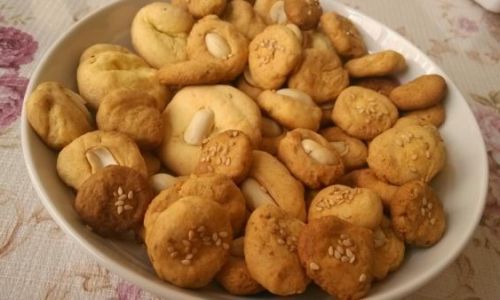
Understanding Butter Cookie Basics
Before diving into the specifics of determining doneness, let’s establish a foundational understanding of butter cookies. Butter cookies, also known as shortbread cookies, are characterized by their rich, buttery flavor and tender texture. They are typically made with a simple dough consisting of butter, sugar, flour, and sometimes a pinch of salt. The ratio of butter to flour is crucial; it not only contributes to the flavor but also influences the cookie’s texture and baking behavior.
When baking butter cookies, the goal is to achieve an even bake that results in a golden-brown exterior and a moist, slightly crumbly interior. Overbaking can lead to dry, brittle cookies, while underbaking may result in raw dough centers or a doughy texture. Therefore, knowing when to pull your cookies out of the oven is paramount.
Pre-Baking Preparations
Before you even start mixing the ingredients, there are a few key steps you should take to ensure successful baking:
-
Preheat the Oven: Always preheat your oven to the specified temperature. This ensures that the oven is at a consistent temperature when the cookies go in, promoting even baking.
-
Prepare Your Baking Sheets: Line your baking sheets with parchment paper or silicone baking mats to prevent the cookies from sticking and to make cleanup easier.
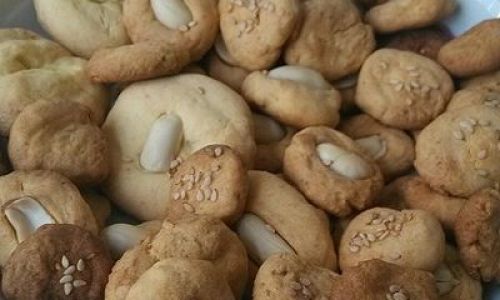
-
Measure Ingredients Accurately: Use a kitchen scale for measuring flour and other dry ingredients. This ensures precision, which is crucial in baking.
-
Chill the Dough (Optional): For cookies that hold their shape better during baking, you can chill the dough in the refrigerator for about 30 minutes before shaping and baking.
Visual Indicators of Doneness
Now, let’s focus on the visual cues that signal your butter cookies are ready:
-
Golden-Brown Edges: The edges of the cookies should be a golden-brown color. This indicates that the sugars in the dough have caramelized, adding both flavor and a nice visual contrast to the cookies.
-
Slight Color Change on Top: The tops of the cookies should have a light golden hue. Avoid letting them get too dark, as this can mean overbaking.
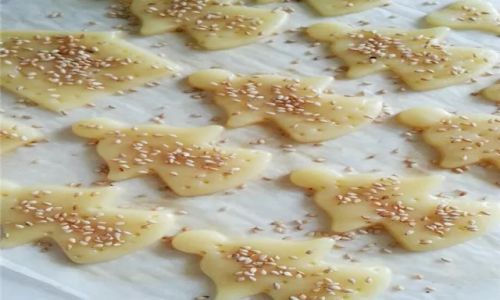
-
Edges Just Starting to Set: Look for the edges of the cookies to just start setting. They should no longer look raw or doughy but should still have a slight give when gently touched.
Sensory Indicators of Doneness
In addition to visual cues, there are sensory indicators that can help you determine if your butter cookies are baked to perfection:
-
Aroma: The moment the cookies start to bake, a delightful buttery aroma will fill the kitchen. As they approach doneness, the aroma will intensify and take on a slightly caramelized note. This is a good sign, but don’t rely solely on smell as it can vary based on your oven and the ingredients used.
-
Touch Test: Carefully lift one cookie (using oven mitts or a spatula) and gently press the center with your fingertips. It should feel firm but not hard. If it feels too soft or doughy, they need more time. Conversely, if it feels overly crisp or hard, they may be overbaked.
-
Internal Temperature (Advanced): For those who prefer a more scientific approach, you can use a food thermometer to check the internal temperature of the cookies. For butter cookies, an internal temperature of around 190°F (88°C) is generally considered done. However, this method is less common and more suited for advanced bakers.
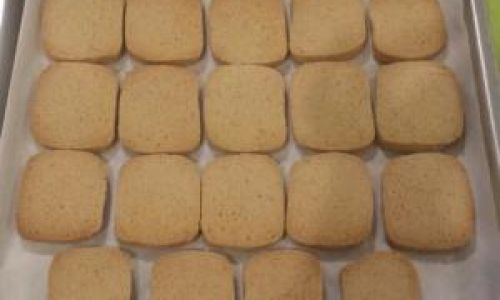
Common Pitfalls and Solutions
Even the most seasoned bakers can encounter issues when baking butter cookies. Here are some common pitfalls and how to avoid them:
-
Uneven Baking: If your cookies are baking unevenly, it could be due to an oven hot spot. Rotate your baking sheets halfway through the baking time to ensure even baking. Additionally, make sure your oven racks are positioned in the middle or lower third of the oven, where heat distribution is more uniform.
-
Overbaking: Overbaking can turn your butter cookies into brittle, dry morsels. To prevent this, set a timer for the minimum baking time recommended in your recipe and keep a close eye on the cookies. If they look close to done but aren’t quite there, you can always bake them for an additional minute or two, but it’s better to err on the side of caution and check frequently.
-
Underbaking: Underbaked cookies might have raw dough centers or a doughy texture. This often happens when the cookies are too thick or the oven isn’t preheated properly. Make sure your cookies are of uniform thickness and that your oven is fully preheated before baking.
-
Spreading (Cookies Spreading Too Much): If your cookies spread too much during baking, it could be due to too much butter or not enough flour. Adjust your recipe accordingly or chill the dough before baking to help it hold its shape better.

Cooling and Storage
Once your butter cookies are baked to perfection, it’s important to let them cool on the baking sheets for a few minutes before transferring them to a wire rack to cool completely. This allows the cookies to set and firm up, ensuring they retain their shape and texture.
For storage, butter cookies can be kept in an airtight container at room temperature for up to a week. If you prefer, you can also freeze them for longer storage. To do so, place the cooled cookies in a single layer on a baking sheet, freeze until solid, then transfer them to an airtight freezer bag.
Experimenting with Variations
While mastering the basics of baking butter cookies is essential, don’t be afraid to experiment with different flavors and ingredients. Adding a sprinkle of sea salt, a handful of chopped nuts, or a drizzle of chocolate can elevate your butter cookies to new heights. Just remember to keep an eye on the baking time, as additional ingredients can affect how quickly the cookies bake.
Conclusion
Baking butter cookies is a rewarding experience that combines science with creativity. By paying attention to visual and sensory cues, you can achieve perfectly baked cookies that are both delicious and visually appealing. Remember, baking is an art that requires patience and practice. With each batch, you’ll learn more about your oven, your ingredients, and your own preferences. So, roll up your sleeves, preheat your oven, and enjoy the journey of baking butter cookies that are perfectly baked to your liking. Happy baking!

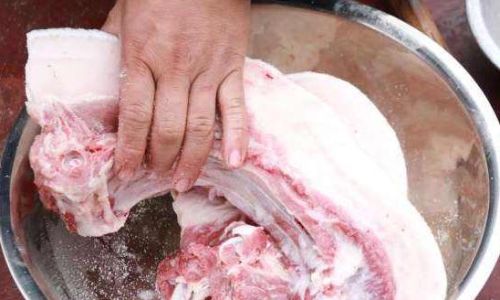
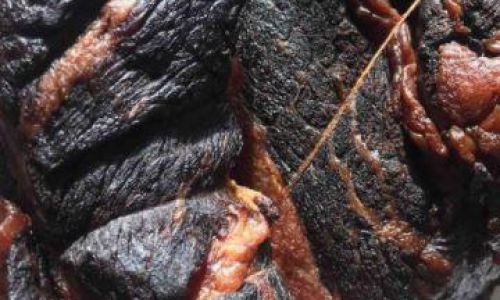
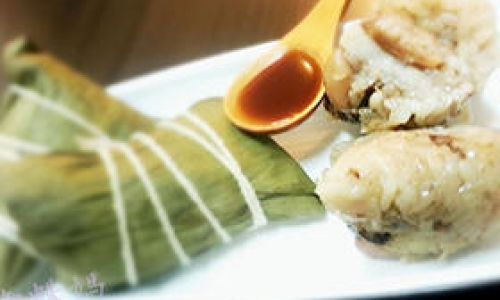
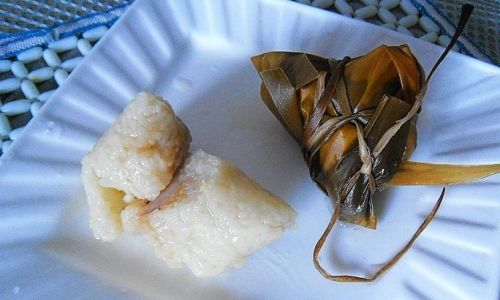
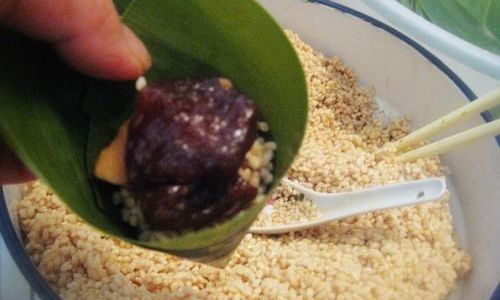
0 comments